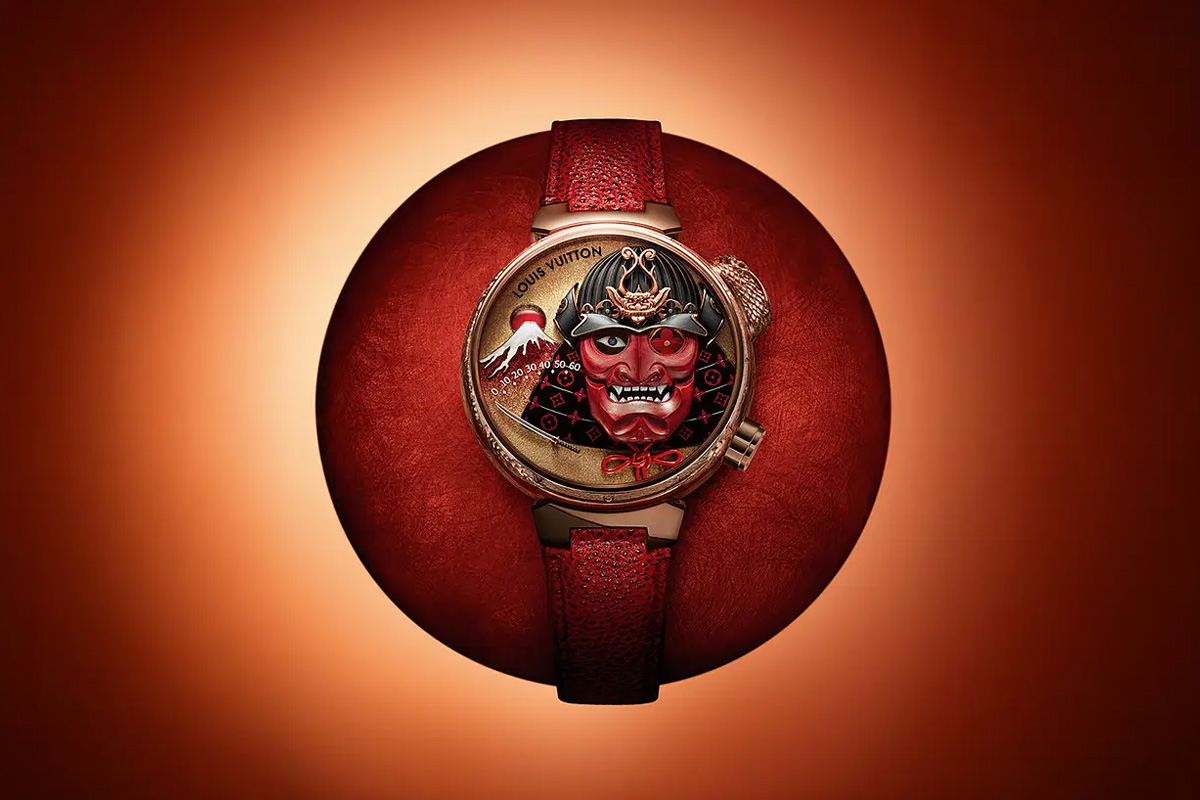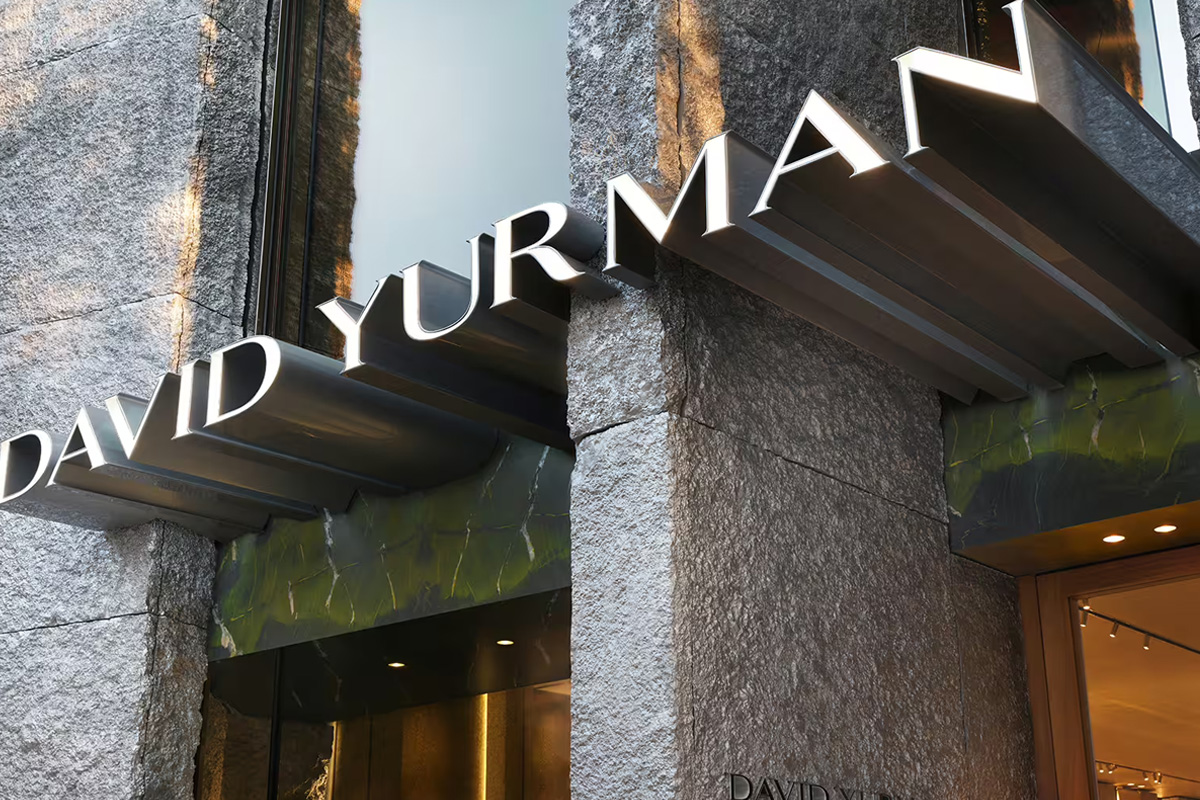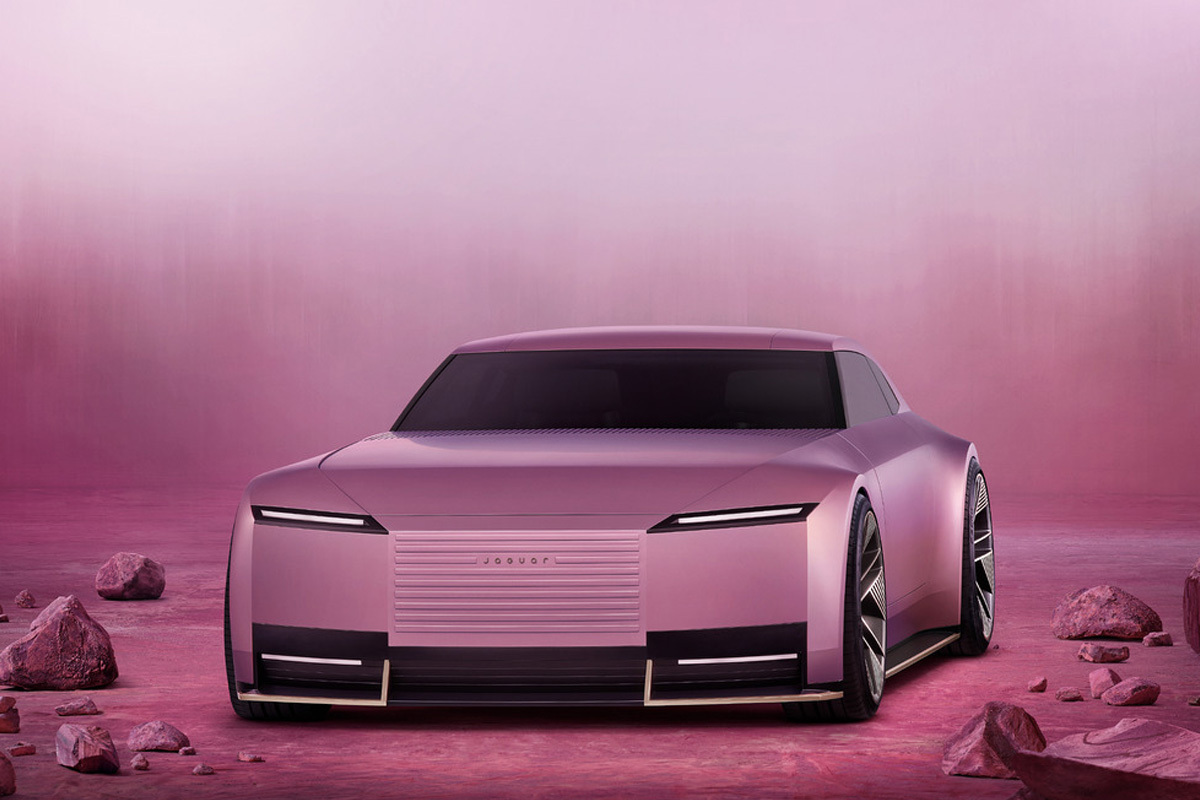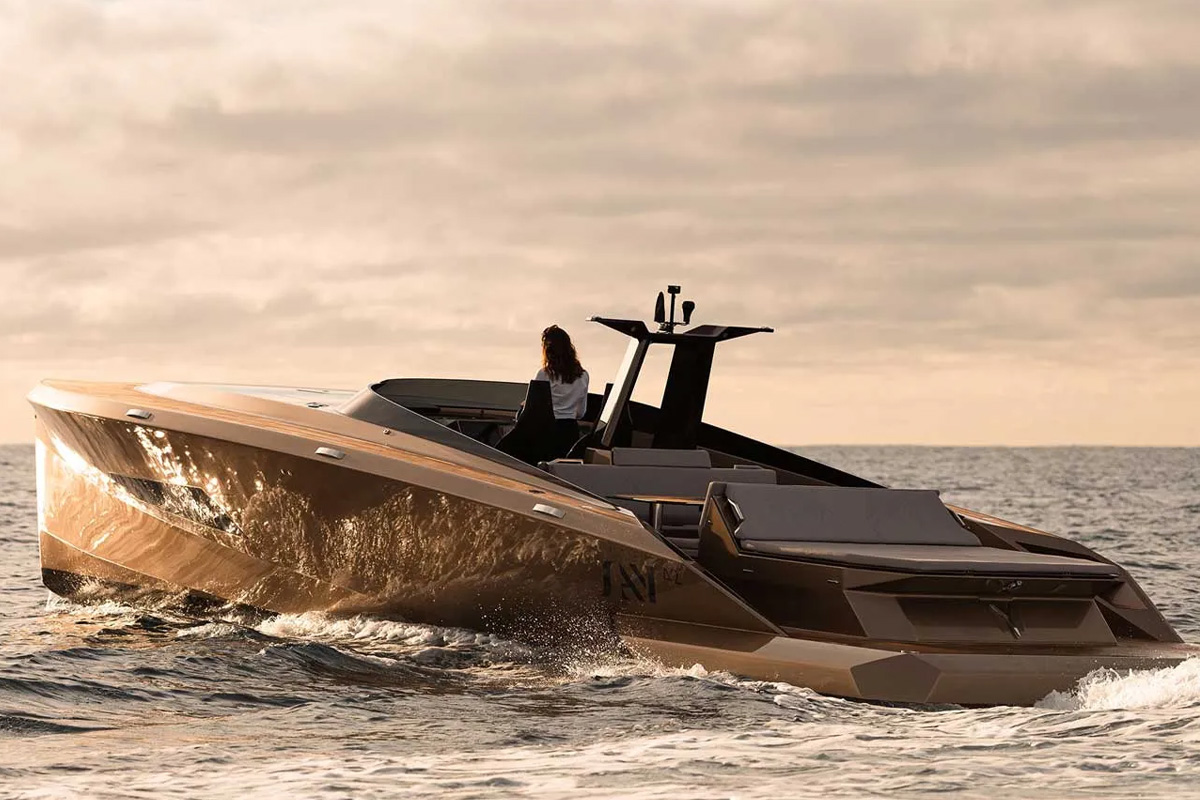Fashion’s Sustainability Problem as Seen Through a Hopeful New Lens
Luxury stands at a sharp turning point right now. For ages, fashion dazzled as a stage for beauty, indulgence, and change—even though behind all that sparkle lay a hidden tale of excess and waste. Instead of just trumpeting what gets made, the real drama seems to be in what gets left behind.
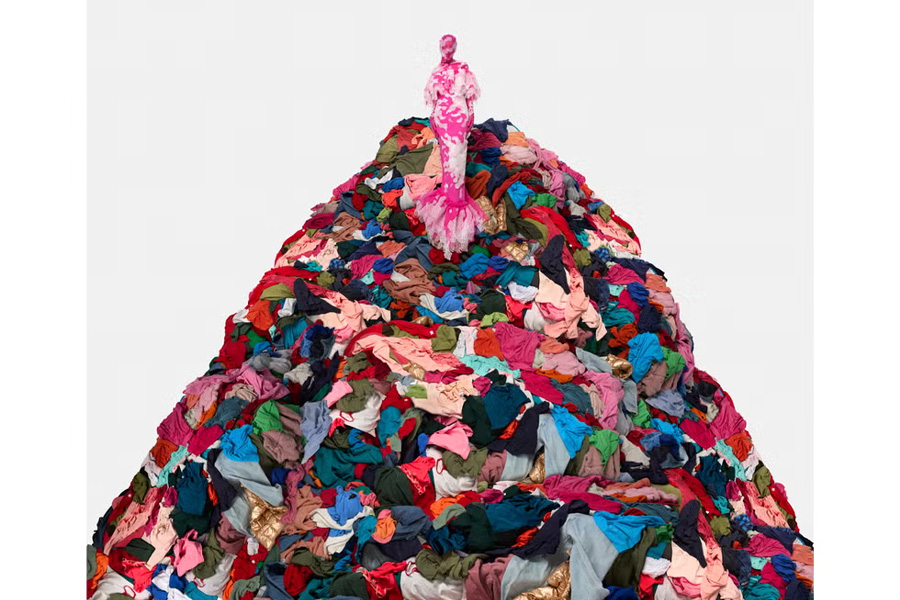
Those who care about the planet and still love a good style fix might say this moment juggles big hurdles with unexpected chances. Sure, the challenge of sustainable fashion can look pretty daunting, but when you mix in fresh ideas, a dash of clever creativity, and a bit of careful stewardship, a brighter future—generally speaking—starts to appear.
This isn’t a tale about going without. It’s more about reworking luxury into something new—turning leftover scraps into sparks of wonder, and letting neglect blossom into a whole new kind of story.
Confronting Fashion’s Legacy
Fashion is one of the most influential cultural forces around, churning out nearly 10% of the world’s carbon emissions. When you stop and think about it, that hefty figure gets even murkier due to a maze-like web of supply trails and enormous, sometimes messy, dumps where tossed-out fabrics seem to pile up far more than the glimmering hopes once paraded on runways.
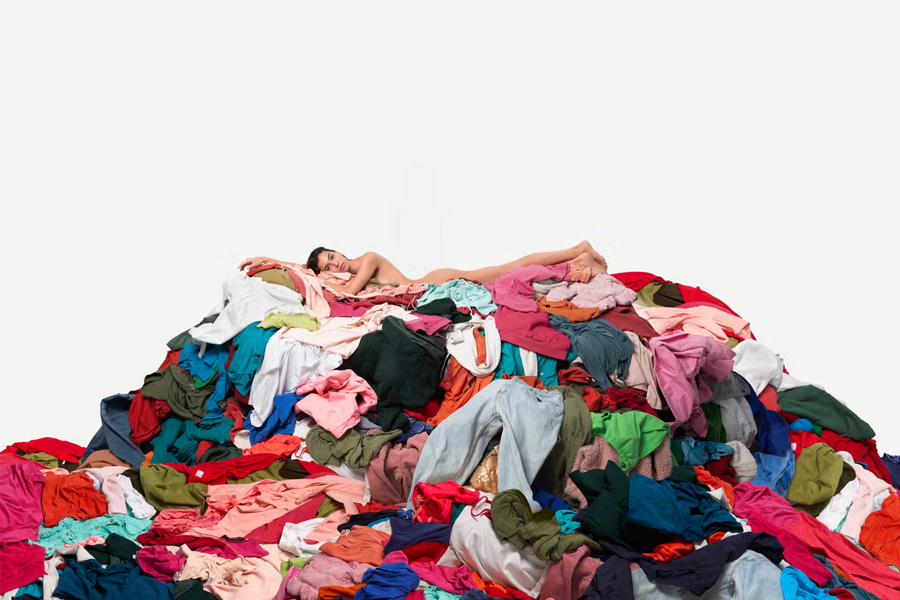
Out in Chile’s Atacama Desert, there’s an odd, almost eerie scene unfolding—over 39,000 tons of discarded fast fashion laid out like a forgotten cemetery of style. Here, unworn garments simply rest and collect dust instead of weaving new stories; it’s a harsh, painful reminder that chasing beauty without a clear conscience comes at a steep cost.
For those who see fashion as more than just cloth—generally speaking, as an artful expression of who we are and what we might become—this unsettling reality may actually spark a fresh chance to rethink the whole narrative. If style can shape our identity, then maybe it can also steer us toward innovative, sustainable solutions, even if the path there is a bit winding and imperfect.
Rethinking Elegance Through Sustainability
Luxury isn’t just about excess these days—it’s becoming a mix of extravagance and care for the planet. Marina Testino, who many know for her stance on sustainability and style, keeps urging us to rethink what really draws us in when waste is all around us. In most cases, her views push us away from old debates and invite a practical kind of lavishness.
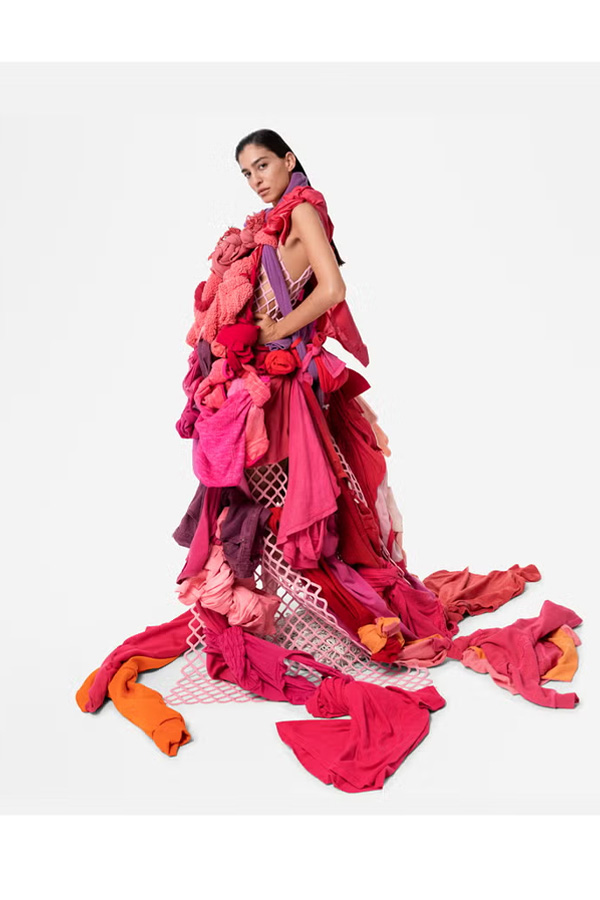
Testino’s approach, often summed up as the “4 S’s” (simplify, share, sustainably sourced, secondhand), acts as an unexpected guide to ethical opulence. Then there are designers like Gabriela Hearst, Stella McCartney, and Tara Babylon who, quite frankly, have turned the idea of high fashion on its head. They prove that you can enjoy show-stopping style without tossing aside responsibility—transforming overlooked materials into creations that don’t just cover you up; they whisper stories of heritage, intention, and meaning.
Imagine, if you will, gowns that seem sculpted from repurposed textiles or that soft outerwear born of recycled plastic – these pieces are far from relics of old school restraint. They’re little victories, a celebration of exclusivity with a thoughtful, sometimes imperfect twist—and really, isn’t that the kind of refined indulgence we’re all starting to crave?The Rise of Ethical Opulence

For discerning collectors and patrons, luxury today is inseparable from sustainability. According to the Julius Baer Global Wealth & Lifestyle Report, 58% of ultra-high-net-worth individuals under the age of 45 now regard sustainability as a necessary aspect of their purchases. Beauty is no longer defined solely by craftsmanship but by the integrity of its creation.
This shift has redefined the meaning of rarity. Rarity is no longer a product of physical limitation but of narrative depth. A jacket made from repurposed heritage fabrics becomes a testament to care and creativity. A handbag crafted with ethically sourced leather might whisper “status,” but it shouts values louder.
Sustainability is no longer reluctantly tacked onto the luxury experience; it is the experience. This evolution doesn’t strip luxury down; instead, it elevates it.
Creativity’s Role in Proposing the Solution
Step into RE:FRAME—a fresh look at a future where fashion truly lasts. It all unfolded at New York’s Leica Store & Gallery, where the notion of style got flipped on its head. Instead of a quick thrill, this exhibit hinted that fashion can be a steady force for good, challenging what we usually expect.
Enrique Badulescu and Marina Testino led the charge, rummaging through what most would toss aside and finding hidden charm instead. Bright green plastic bottles surprisingly morphed into flowing dresses, and bits of shredded leather reinvented themselves as coats with a real, tangible depth. Every piece pulses with texture and meaning, softly echoing a message intended for today’s insiders and trend enthusiasts alike.
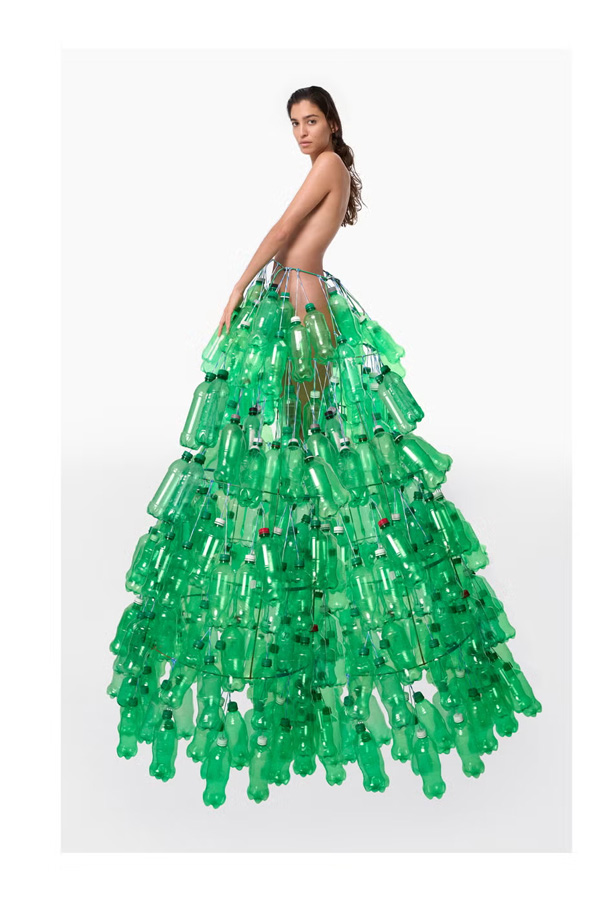
This isn’t your run-of-the-mill eco-fashion wrapped in plain minimalism. Rather, it bursts forth with unfiltered, almost daring beauty. Badulescu’s bold, movie-like photography turns reclaimed waste into objects of high art, while Romina Herrera Malatesta’s styling—provocative and a bit off-center—nudges us to reconsider where beauty truly begins and ends.
Building a Community Around Fashion’s Future
For eco-minded consumers today, ethical luxury isn’t just about owning something beautiful—it signals a change we all share. People who back slow fashion and appreciate genuine handiwork, all while favoring classic pieces over fleeting trends, are quietly setting the stage for something enduring.
This isn’t merely a flash on one runway or a momentary exhibit. In many cases, it’s a cultural shift that touches art, business, and even charitable work. The future of luxury doesn’t load on guilt; rather, it hints at new possibilities, inviting us to see beyond the surface and imagine what might be.
Stepping Into a More Conscious Wardrobe
For the eco-conscious, the path forward begins with small yet significant steps:
- Invest in Craftsmanship: Seek brands that honor ethical sourcing and fair wages in their creations.
- Choose Narrative Over Novelty: Select pieces that tell a meaningful story. Every thread, every seam can hold importance.
- Simplify: Narrow the focus of your wardrobe to pieces that align with your core values and personal aesthetics.
The ripple effects of these decisions extend beyond individual closets, quietly reshaping culture itself.
Reimagining the Price of Beauty
Fashion is not merely a reflection of who we are; it is a vision of who we aspire to be. And if there is one truth to hold close, it is this: sustainability and style are not opposites. They are kindred. They are symbiotic.
The fashion industry has long faced challenges such as textile waste, global carbon emissions, and the environmental impact of fast fashion. From the discarded clothing piling up in the Atacama Desert to the strain on supply chains, the need for sustainable fashion has never been greater. Yet, recent initiatives led by brands like Stella McCartney, Marina Testino, and Gucci are inspiring a bold shift toward higher environmental standards and a circular economy.
Fashion’s sustainability problem, when reframed, becomes an invitation—not to sacrifice luxury, but to make it profound. It is no longer enough for fashion to provoke awe; it is time for fashion to propose solutions. The world is shifting, and efforts to create sustainably sourced clothes and accessories, reduce textile waste, and focus on the social footprint of supply chains are gaining momentum.
Through exhibitions like the Frame Fashion Exhibition and collaborations between photographers like Enrique Badulescu and companies dedicated to sustainability, the narrative around clothing, style, and luxury is changing. These efforts, inspired by icons such as Kate Moss and David Bowie, aim to identify opportunities for recycled materials, innovative technology, and sustainably created textiles.
Brands are investing in strategic partnerships to achieve higher social and environmental goals. For example, last year saw a rise in recycled fabrics, sustainably sourced shoes, and bold creations that redefined beauty and luxury in the fashion world. Customers and consumers in regions like Europe, India, China, and London are demanding more from the industry—favoring premium price points if they align with sustainability and social responsibility.
Step forward. Reframe luxury. Redefine beauty.
Fashion is an art form, a statement, and a solution. By focusing on sustainability, innovation, and collaboration, the industry can address climate change, reduce air pollution, and inspire a new era of creation that balances style with purpose. Together, we can lead this shift and ensure fashion becomes a lasting example of how challenges can drive change and beauty can be created responsibly.
LATEST
POPULAR
